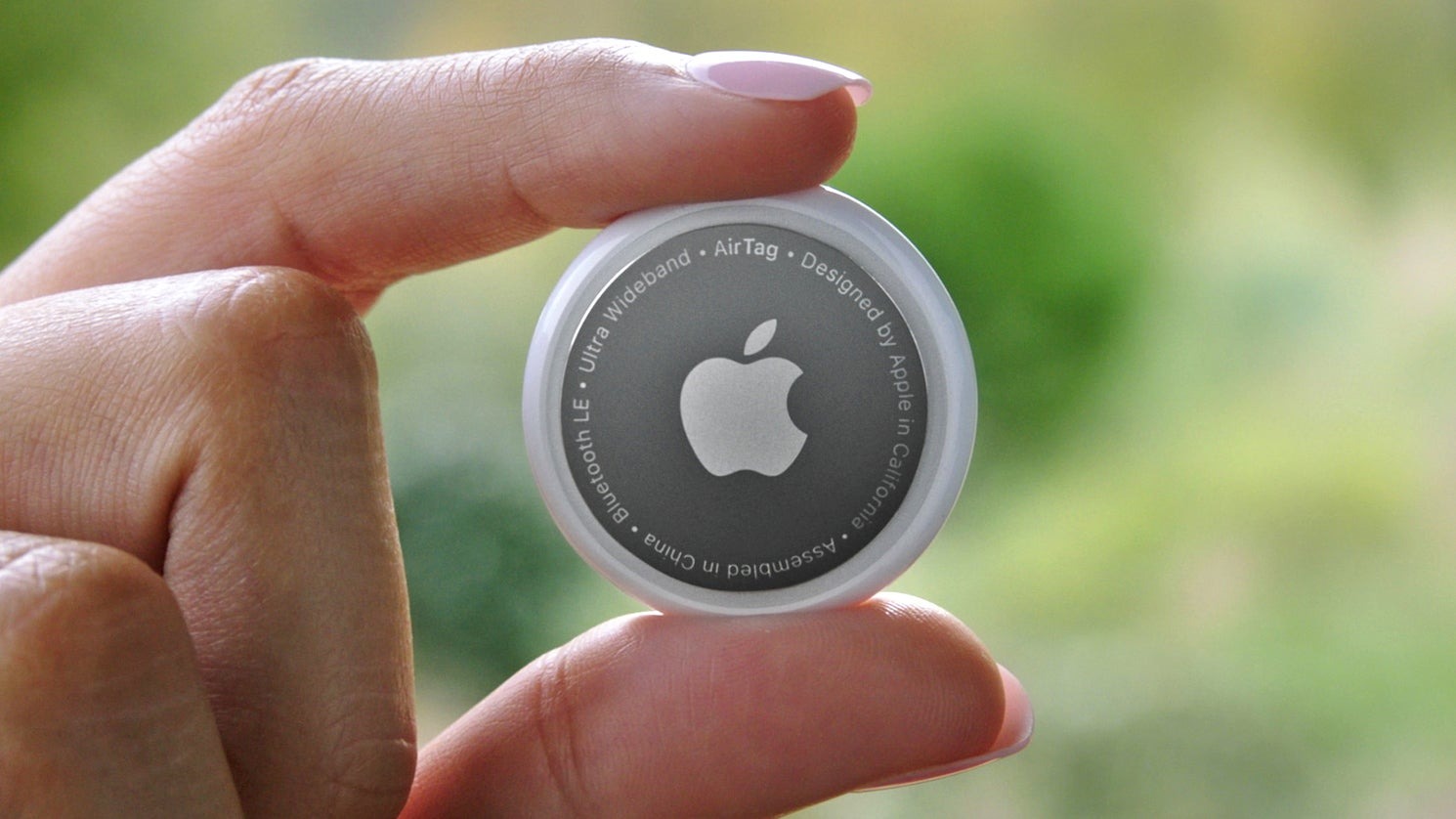It’s a frustrating and all-too-familiar experience for travelers: after a long flight, you eagerly head to the baggage claim area, expecting to quickly retrieve your suitcase. But as the conveyor belt slowly moves, you watch as each and every other passenger departs the area with their bags, while yours remains mysteriously absent. What follows is a painful walk to customer service, where you file a report and await further instructions. In that moment, you’re left to wonder: where is your luggage, and how long will it take to find it?
Many travelers have experienced this disheartening scene — landing at one destination while their bags end up in another. According to SITA, an IT provider for airlines, about 6.9 bags per 1,000 passengers were mishandled in 2023, with around 5% of those reported as lost or stolen. This is a significant issue for airlines and passengers alike, and it’s one that Apple is aiming to address with a game-changing update to their AirTag technology.
The New AirTag Feature: Sharing Your Luggage Location with Airlines
Apple’s AirTag has been a valuable tool for many users, offering a simple and effective way to track personal items like keys, bags, and wallets. AirTags use Bluetooth to communicate with nearby Apple devices, allowing users to see the location of their tagged items on a map via the Find My app. While this feature has been incredibly helpful for many, it has until now been limited to personal use. If your luggage went missing while traveling, the AirTag’s location could only be viewed by you, and it wasn’t possible to share that information with the airline or other third parties.
However, Apple’s latest update changes all of that. With the new “Share Item Location” feature, users will now be able to share the location of their AirTag with third parties, such as airlines, in real-time. This means that if you’ve attached an AirTag to your luggage, you can now generate a live link to share with the airline. The link will display the AirTag’s live location on an interactive map, allowing both you and airline staff to track the whereabouts of your lost bag. This feature is a major step forward in simplifying the process of locating lost luggage, as it enables better communication between passengers and airlines, and offers a more efficient resolution to what has traditionally been a very frustrating experience.
How the Feature Works
The new AirTag functionality is designed to integrate seamlessly into the airline customer service process. According to an Apple news release published on November 11, 2024, the feature will be available to passengers traveling with 15 major airlines, including Delta and United. Once you’ve attached an AirTag to your luggage, you’ll be able to access the Find My app on your Apple device to generate a link to your AirTag’s live location.
This link will lead to a website displaying the AirTag’s real-time location on a map, offering both you and the airline staff up-to-date information on where the bag is located. What’s more, this link can be shared with anyone you choose, from airline customer service agents to family members who may be helping you track the luggage. The ability to share your AirTag’s location could make a significant difference in how quickly airlines can reunite you with your lost bag, as they will have direct access to the information they need to assist you.
Once the link has been shared, it will automatically expire either after seven days or once the luggage is successfully returned to you. You also have the option to disable the link at any time, giving you control over when and how the information is shared.
The Benefits of AirTag for Luggage Tracking
The introduction of this feature is a major breakthrough in the ongoing issue of lost luggage. For years, travelers have faced a lack of transparency when their bags go missing. While airlines work to locate misplaced luggage, passengers are often left in the dark, waiting for updates that can take days or even weeks. This new feature from Apple aims to alleviate some of that uncertainty, allowing passengers to track the whereabouts of their bags in real-time.
Here are a few key benefits that the new AirTag feature brings to the table:
- Real-Time Tracking: The ability to track your luggage in real-time through the Find My app ensures that you are always aware of your bag’s location. This can offer peace of mind while you wait for your bag to be returned, as you won’t have to rely solely on airline staff to provide updates.
- Faster Resolution: By sharing the location of your AirTag directly with the airline, the process of locating and returning lost luggage can be expedited. Airline staff can use the live link to better track your luggage’s journey, making it easier to reunite you with your belongings.
- Better Communication with Airlines: The feature fosters clearer communication between passengers and airlines. Rather than relying on customer service agents to relay vague information about your luggage’s status, you will have direct access to the most up-to-date details.
- Peace of Mind: The simple act of knowing where your luggage is can be a huge comfort, especially if you are traveling for an important event or business trip. By attaching an AirTag to your luggage, you can have confidence that you will be reunited with it, even if it ends up on a different flight or in a different location.
- Ease of Use: Apple’s Find My app is already widely used by Apple device owners, making the new AirTag functionality easy to implement. Travelers won’t need to download any additional apps or learn complex systems to use the new feature.
The Challenges and Limitations
While the new feature offers numerous benefits, there are still some challenges and limitations to consider. First, the feature is only available for passengers traveling with airlines that have partnered with Apple. Although major carriers like Delta and United are included in the rollout, it remains to be seen whether other airlines will adopt the system in the future. This could leave some travelers without access to the new tracking feature.
Additionally, travelers must rely on the AirTag being placed on their luggage before the flight. While many people may already use AirTags to track their personal items, attaching one to your suitcase may not be standard practice for all travelers. Apple’s feature will be most effective for those who proactively place AirTags on their bags, so it’s important for travelers to remember to take this extra step before heading to the airport.
Finally, while the AirTag provides real-time location updates, it is not a foolproof solution. In some cases, especially in areas with limited Apple device coverage or in locations where tracking signals may be weak, it’s possible that the AirTag’s location updates could be delayed or inaccurate. However, the feature still represents a significant improvement over the previous system, which often left passengers in the dark about the whereabouts of their luggage.
The Future of AirTag and Travel
As the issue of lost luggage continues to be a major concern for airlines and travelers, Apple’s new AirTag functionality may be the solution that many people have been waiting for. By giving passengers the ability to track their bags in real-time and share their AirTag’s location with airlines, the feature has the potential to reduce stress and streamline the process of locating lost luggage.
In the future, it’s possible that more airlines will adopt the system, further expanding the network of carriers that support the feature. Additionally, as technology continues to evolve, Apple may introduce new enhancements to the AirTag, such as improving the accuracy of location updates or integrating the feature with additional travel services.
For now, the new AirTag feature is a welcome development for frequent travelers and anyone who has ever experienced the frustration of lost luggage. With the power to track your belongings, share their location with others, and receive faster resolution when things go wrong, the AirTag’s role in modern travel is only just beginning.
























